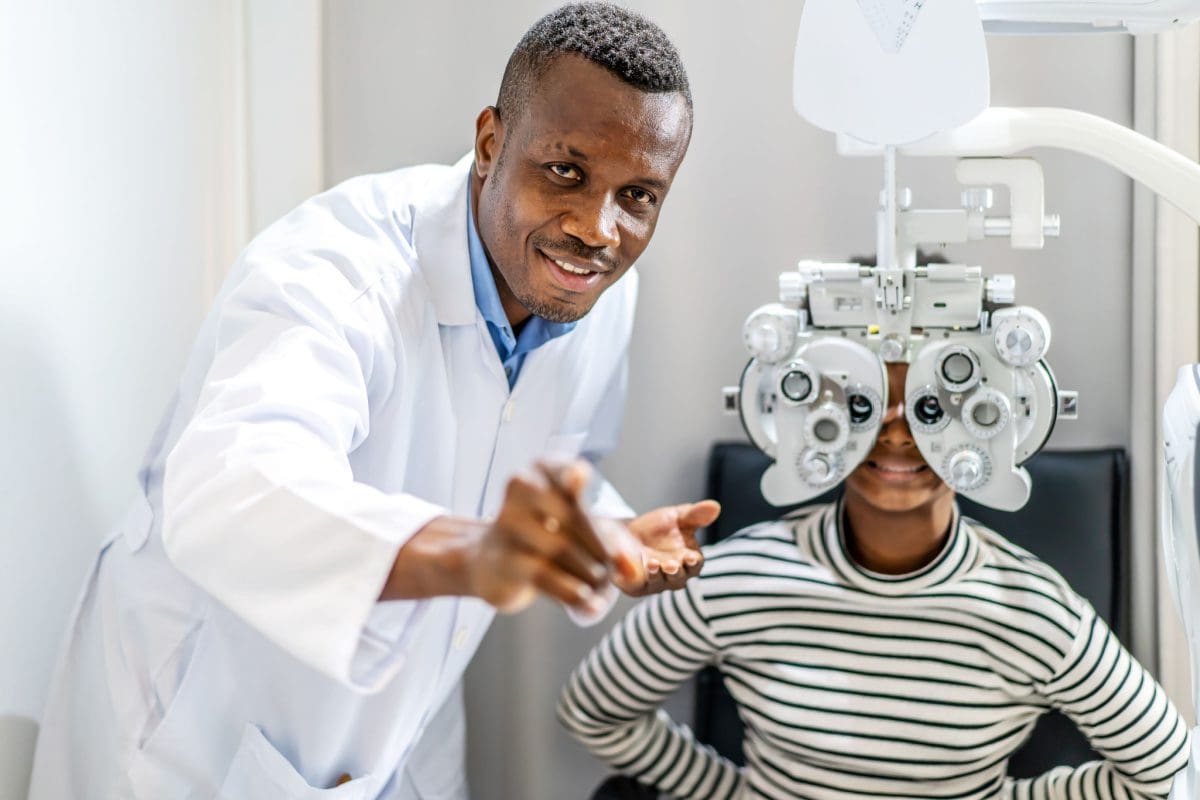Andalusia Pediatrics: Compassionate Look After Your Children
Andalusia Pediatrics: Compassionate Look After Your Children
Blog Article
The Complete Breakdown of Retina Disorders and Exactly How They Impact Your Vision
Retina disorders can interrupt this fragile process, leading to a range of vision impairments. By discovering the makeup of the retina, typical disorders that can affect it, their causes, signs and symptoms, and readily available treatment alternatives, we can gain beneficial understandings into preserving and shielding our vision.
Review of Retina Composition
The elaborate structure of the retina works as the foundation for aesthetic perception and plays a critical function in the process of transforming light right into neural signals for the brain to analyze. Situated at the rear of the eye, the retina consists of a number of layers that function together effortlessly to promote vision. At the core of this complicated structure are photoreceptor cells referred to as cones and rods. Poles are responsible for vision in low light problems and spotting activity, while cones are vital for color vision and in-depth visual skill. These photoreceptor cells transform light energy into electrical signals that are after that refined by other retinal cells, such as bipolar cells and ganglion cells. The bipolar cells send signals from the photoreceptors to the ganglion cells, which consequently send out these signals through the optic nerve to the brain for aesthetic handling. Understanding the complex anatomy of the retina is essential in comprehending exactly how vision features and how different retina conditions can influence aesthetic perception.

Common Retina Disorders
Retina problems encompass an array of conditions that impact the detailed framework of the eye in charge of aesthetic processing. One typical disorder is age-related macular degeneration (AMD), a leading source of vision loss in individuals over 50. AMD influences the macula, a part of the retina important for sharp main vision, bring about blurriness or unseen areas in the main aesthetic field.
An additional prevalent condition is diabetic person retinopathy, happening in individuals with diabetic issues. High blood sugar level degrees damage the blood vessels in the retina, causing vision impairment or blindness if left without treatment. Retinal detachment is a serious condition where the retina draws away from its regular placement, causing an abrupt onset of advances, flashes of light, or loss of vision in a curtain-like pattern.
Finally, retinitis pigmentosa is a team of genetic disorders that trigger the malfunction and loss of cells in the retina, resulting in night blindness and a gradual constricting of the aesthetic area - andalusia pediatrics. Comprehending these usual retina problems is crucial in preserving vision and looking for timely medical intervention
Sources Of Retina Disorders
Various factors add to the growth of retina disorders, including hereditary proneness, lifestyle choices, and underlying health conditions. Genetic proneness play a significant role in many retina disorders, such as retinitis pigmentosa and macular deterioration. People with a family background of these problems are at a greater risk of establishing them due to inherited genetic mutations affecting the retina's feature.
Way of living selections can additionally affect retina wellness. Smoking cigarettes, for instance, has been linked to an increased threat of age-related macular deterioration, a typical retina condition that can result in vision loss. Poor nutritional routines lacking essential nutrients like vitamins A, C, and E, as well their website as omega-3 fats, can also add to the development of retina problems.
Diabetic retinopathy, a problem of diabetes mellitus, can trigger damages to the blood vessels in the retina, leading to vision impairment. High blood pressure can result in hypertensive retinopathy, where high blood pressure impacts the blood vessels in the retina, possibly triggering vision troubles.
Signs And Symptoms and Diagnosis
Offered the considerable influence that causes such as genetic proneness, lifestyle options, and underlying health and wellness conditions can have on the advancement of retina problems, it is necessary to identify the symptoms and use efficient analysis methods for early detection and administration. Signs of retina conditions can vary depending on the certain problem yet may include blurred or misshaped vision, the abrupt appearance of drifters or flashes of light, a dark place in the facility of your vision, or a progressive loss of main vision. If you experience any one of these symptoms, you could try here it is important to look for prompt clinical focus.
Early discovery through routine eye exams is key to protecting against vision loss and handling retina conditions effectively. If diagnosed with a retina problem, your healthcare supplier will certainly work with you to find out this here develop a tailored treatment strategy to protect your vision.

Treatment Options and Management
Therapy choices for retina conditions differ depending on the underlying reason and seriousness of the problem. In situations of retinal detachment, surgical treatments such as vitrectomy or scleral buckling may be essential to reattach the retina and stop vision loss.
Normal eye exams and early discovery of retina problems are important for successful monitoring and therapy outcomes. People with retina problems must work closely with their ophthalmologist to establish a tailored treatment plan that addresses their certain demands and aids keep optimal visual feature.
Final Thought
Finally, understanding the makeup of the retina, common disorders, causes, signs, diagnosis, and treatment choices is vital in taking care of vision problems. Retina problems can considerably influence vision and high quality of life, making early discovery and proper management important. By staying informed about these conditions and seeking appropriate clinical treatment, people can better maintain their vision and keep total eye health and wellness.

Understanding the elaborate anatomy of the retina is basic in comprehending just how vision functions and how different retina disorders can impact visual understanding.
Retinal detachment is a severe problem where the retina draws away from its regular position, creating a sudden start of advances, flashes of light, or loss of vision in a curtain-like pattern.
Signs and symptoms of retina conditions can differ depending on the particular problem but may include obscured or misshaped vision, the abrupt look of advances or flashes of light, a dark area in the center of your vision, or a gradual loss of central vision.In conclusion, recognizing the makeup of the retina, common problems, causes, signs, medical diagnosis, and treatment alternatives is critical in taking care of vision disabilities.
Report this page